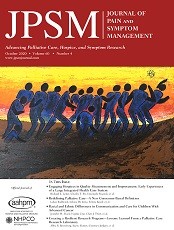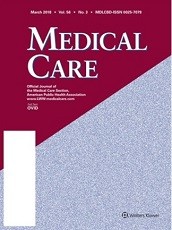Yanna Van Wesemael, Joachim Cohen, Johan Bilsen, Tinne Smets, Bregje D Onwuteaka-Philipsen, Luc Deliens

Abstract
Context: Since 2002, the administration of a lethal drug by a physician at the explicit request of the patient has been legal in Belgium. The incidence of euthanasia in Belgium has been studied, but the process and outcomes of euthanasia requests have not been investigated.
Objectives: To describe which euthanasia requests were granted, withdrawn, and rejected since the enactment of the euthanasia law in terms of the characteristics of the patient, treating physician, and aspects of the consultation with a second physician.
Methods: A representative sample of 3006 Belgian physicians received a questionnaire investigating their most recent euthanasia request.
Results: The response rate was 34%. Since 2002, 39% of respondents had received a euthanasia request. Forty-eight percent of requests had been carried out, 5% had been refused, 10% had been withdrawn, and in 23%, the patient had died before euthanasia could be performed. Physicians’ characteristics associated with receiving a request were not being religious, caring for a high number of terminally ill patients, and having experience in palliative care. Patient characteristics associated with granting a request were age, having cancer, loss of dignity, having no depression, and suffering without prospect of improvement as a reason for requesting euthanasia. A positive initial position toward the request from the attending physician and positive advice from the second physician also contributed to having a request granted.
Conclusion: Under the Belgian Act on Euthanasia, about half of the requests are granted. Factors related to the reason for the request, position of the attending physician toward the request, and advice from the second physician influence whether a request is granted or not.
Wesemael YV, Cohen J, Bilsen J, Smets T, Onwuteaka-Philipsen BD, Deliens L. Process and outcomes of Euthanasia Requests Under the Belgian Act on Euthanasia: A Nationwide Survey. J Pain Symptom Manage. 2011 May 16;42(5):721-733.
